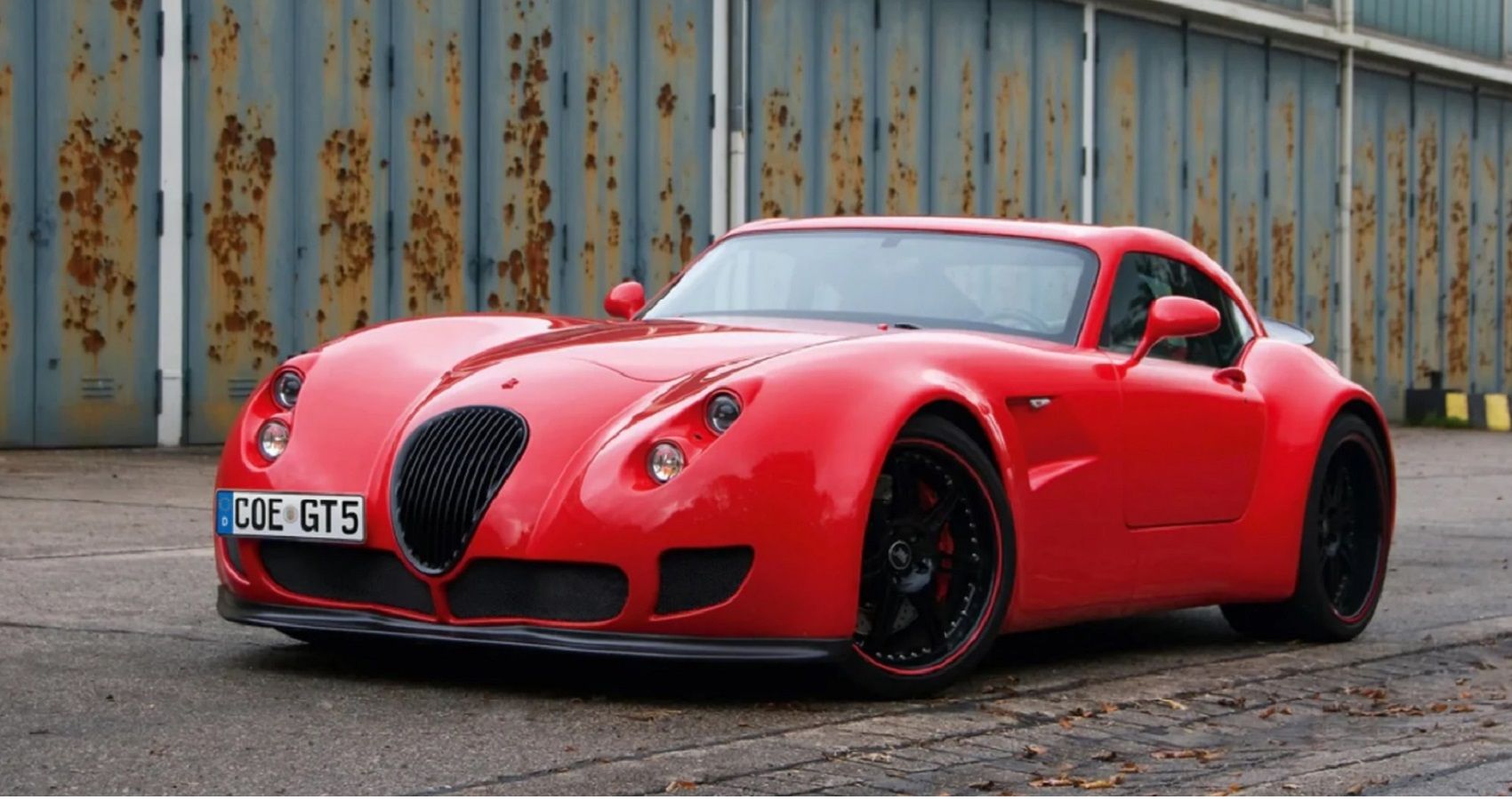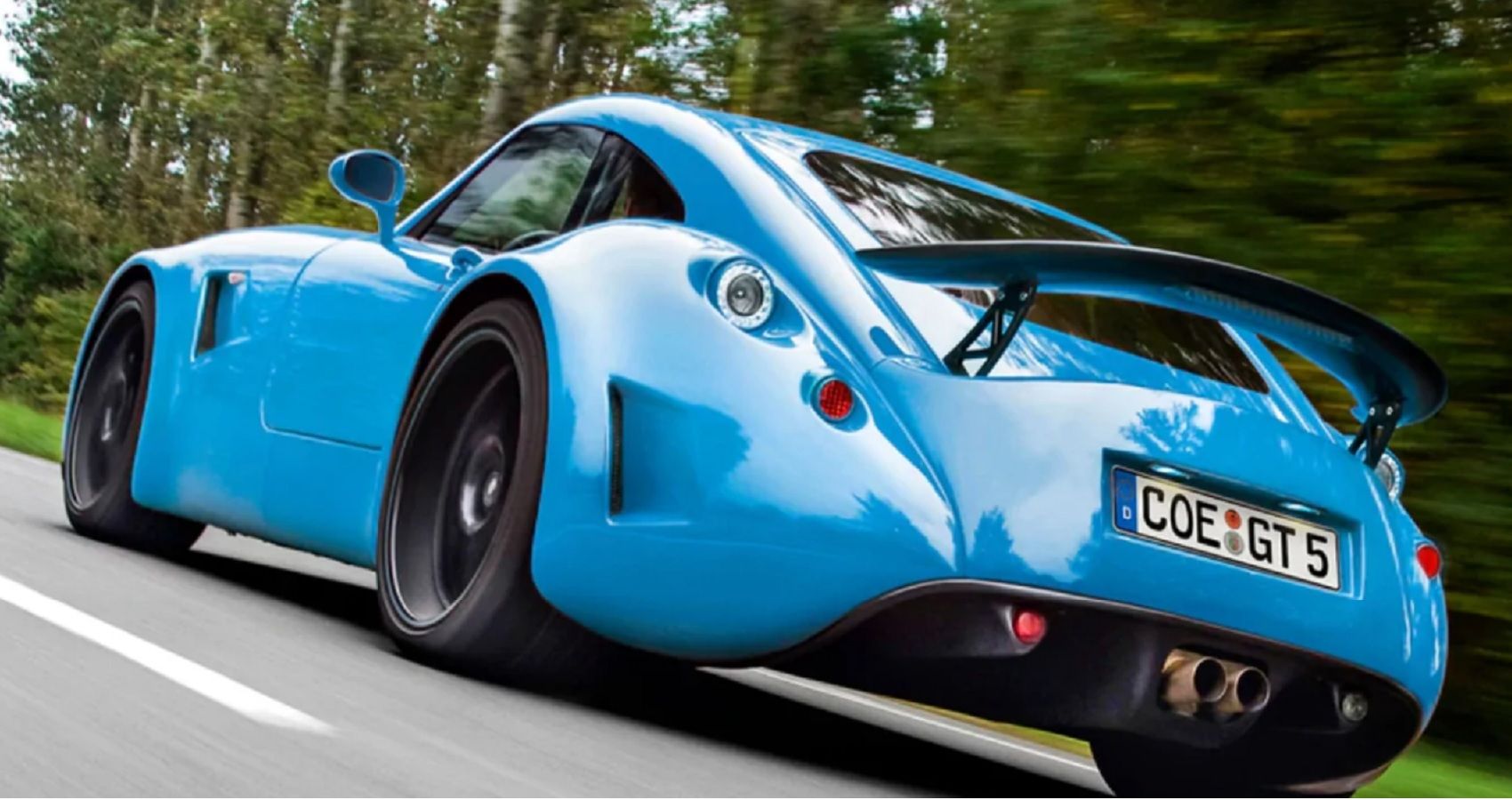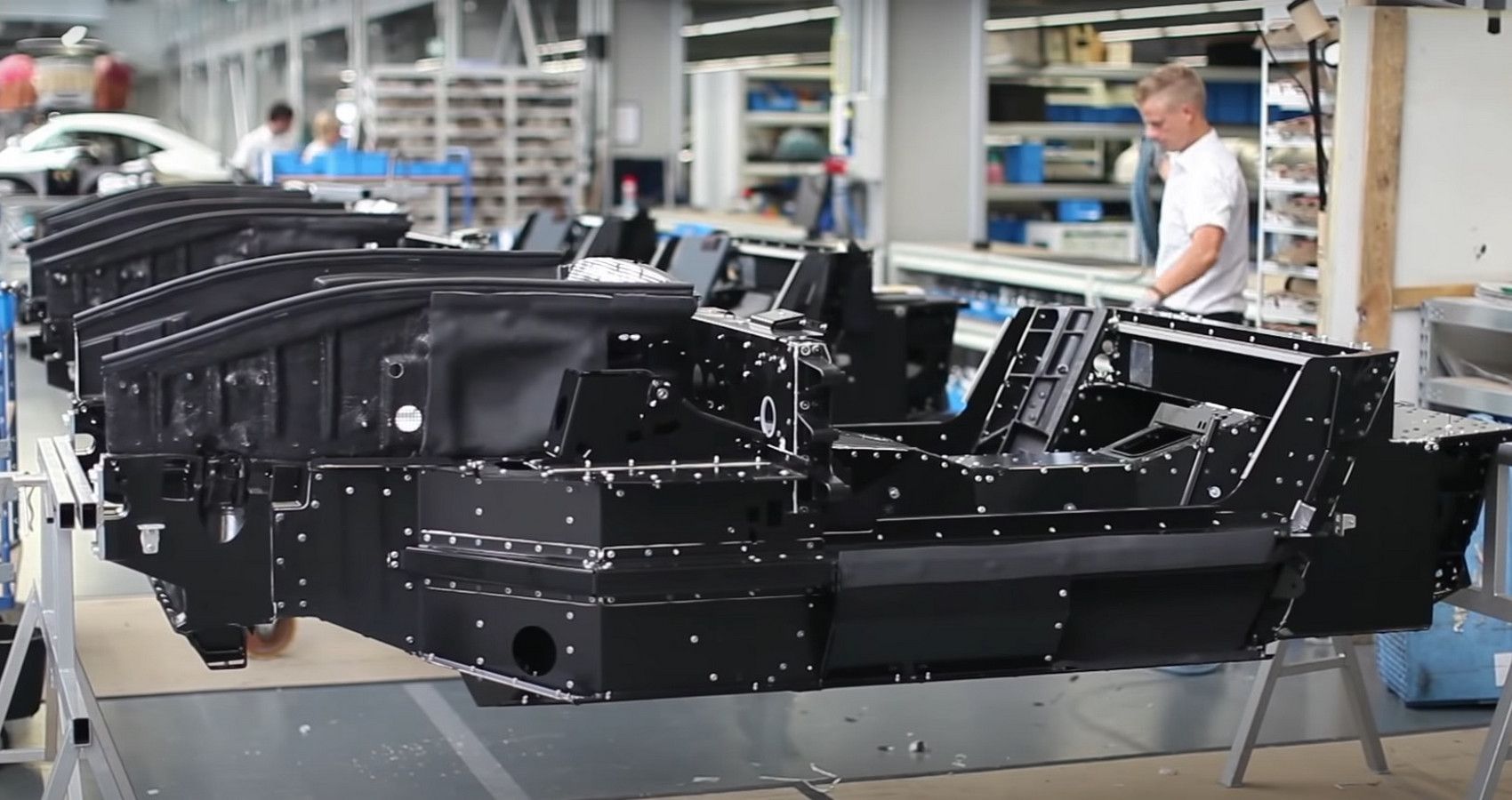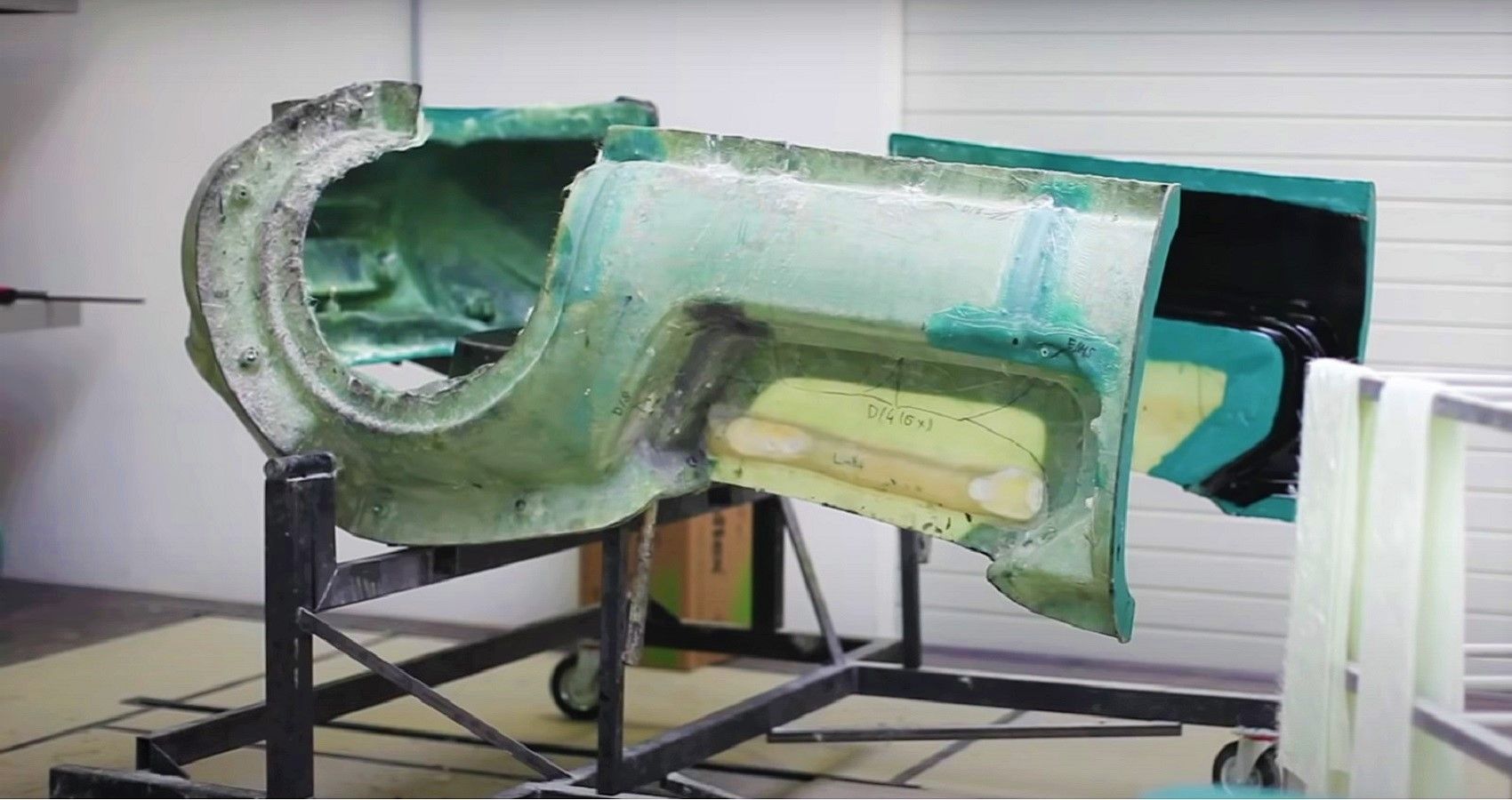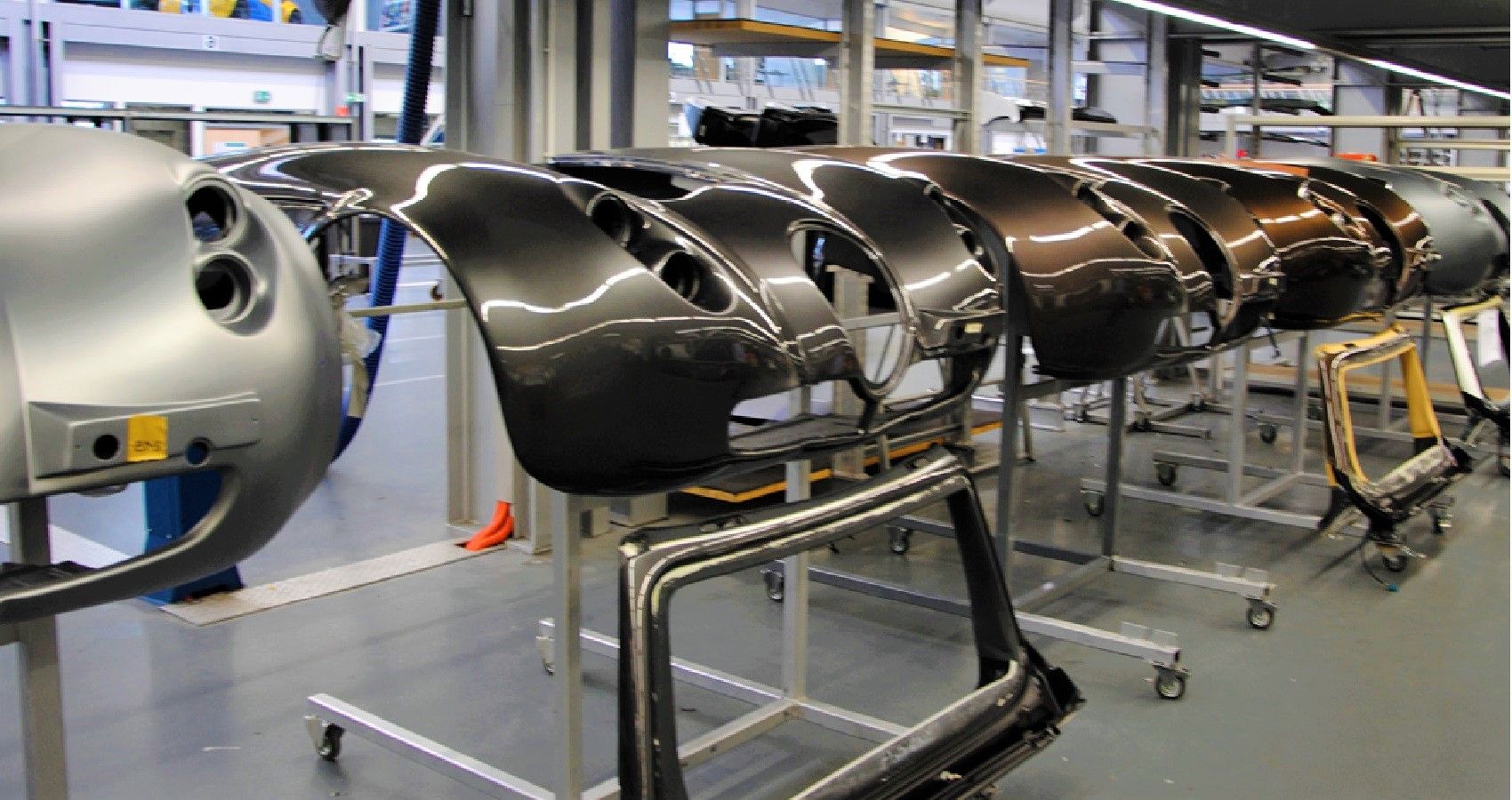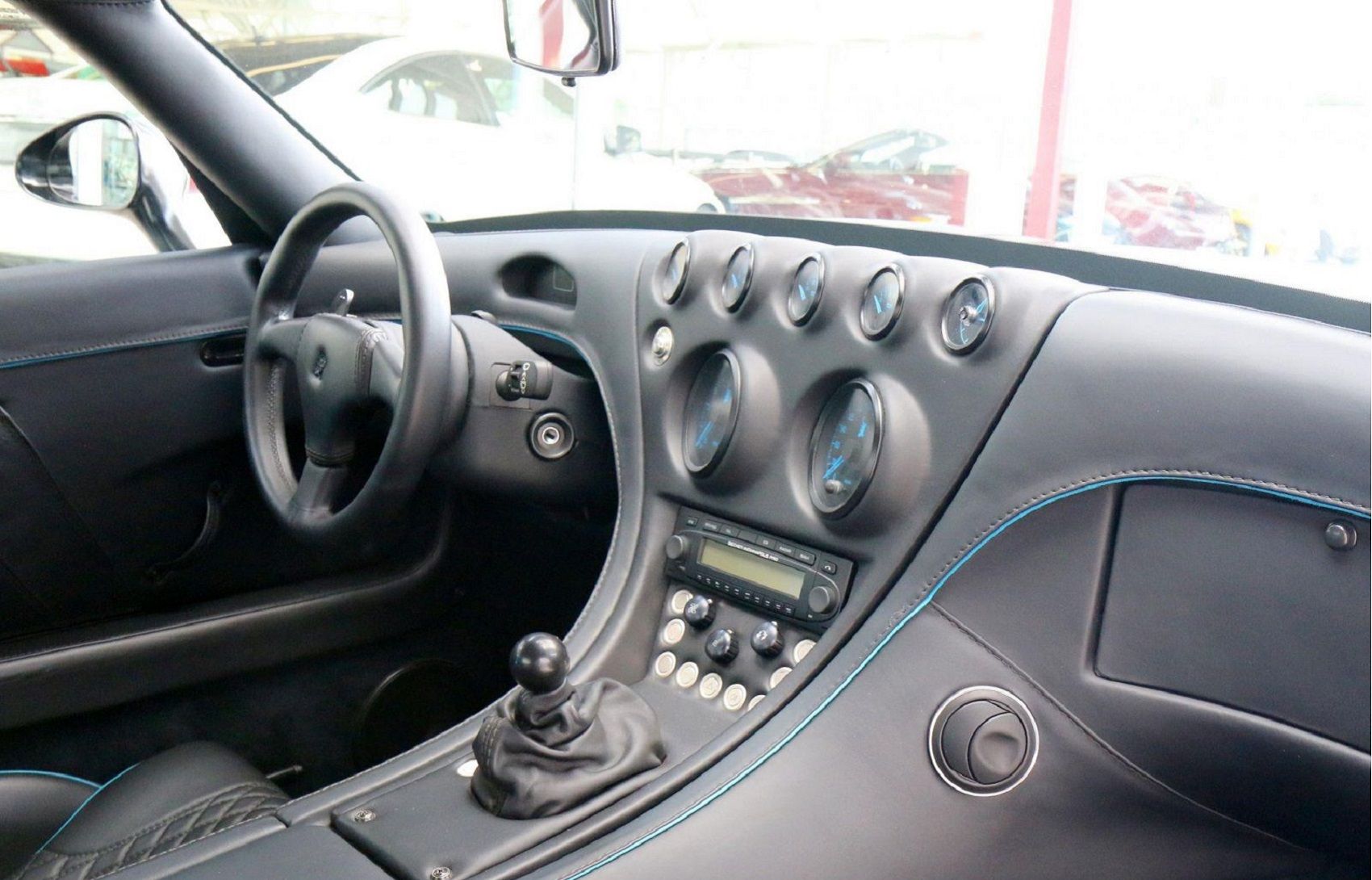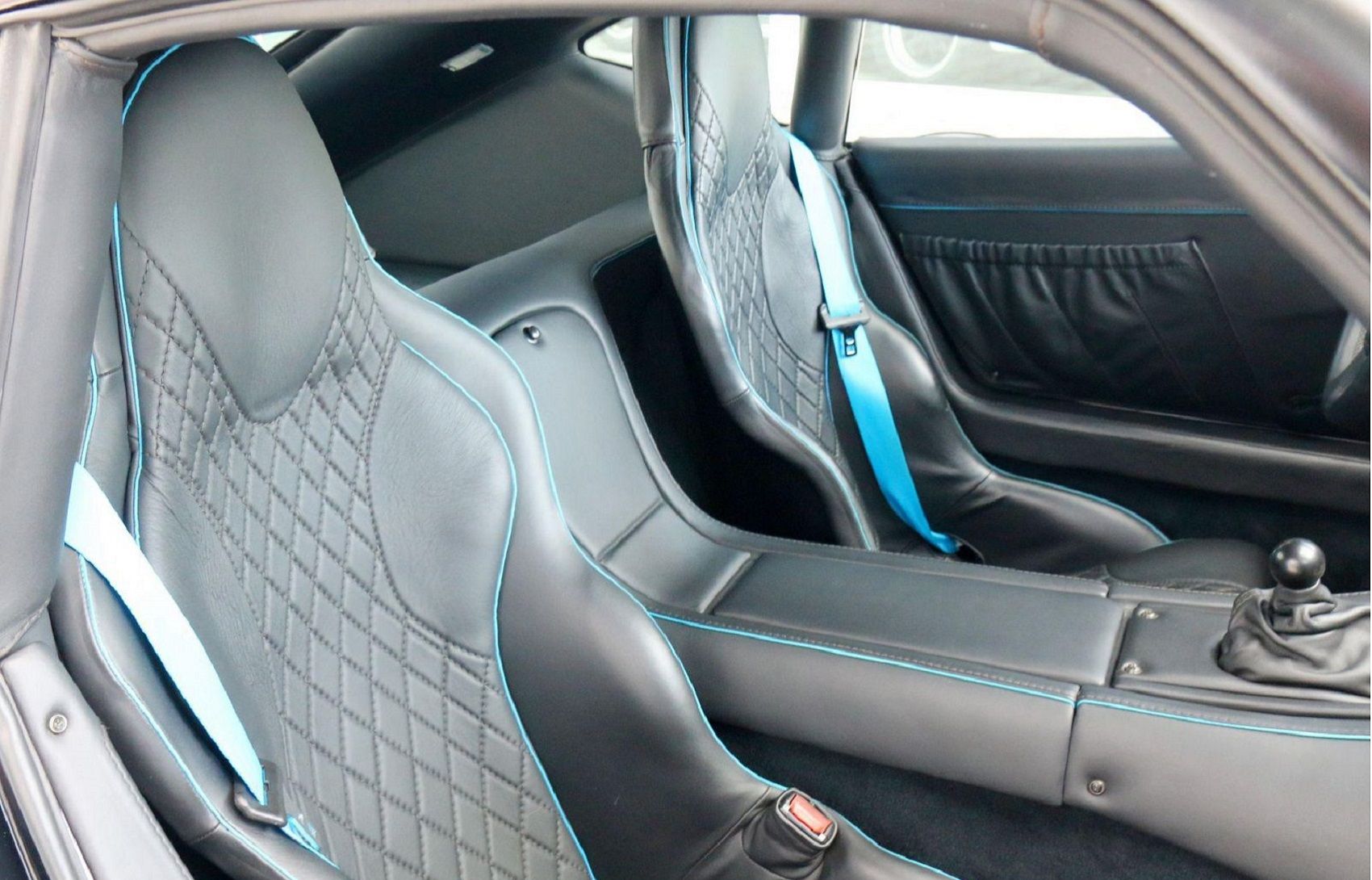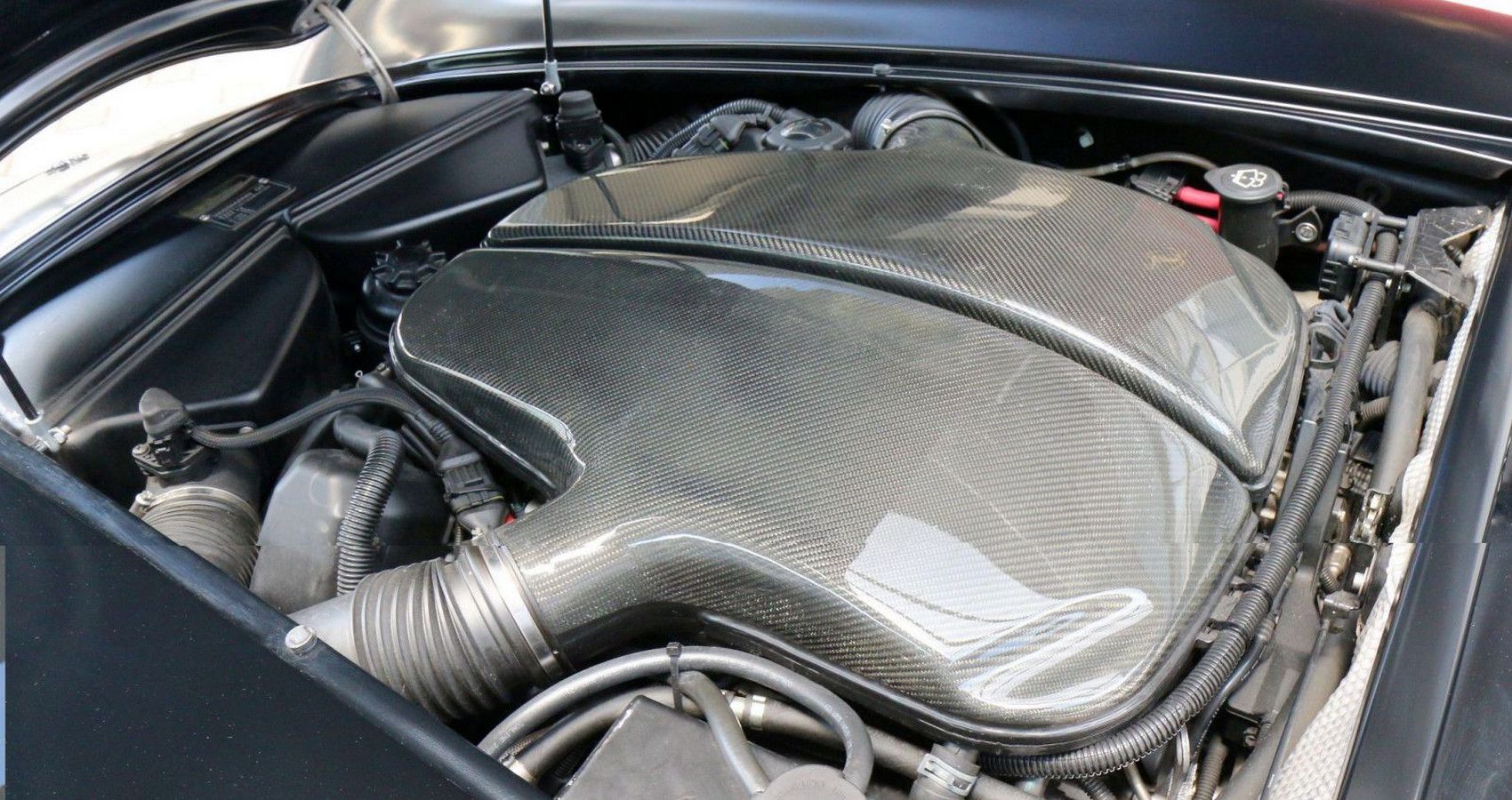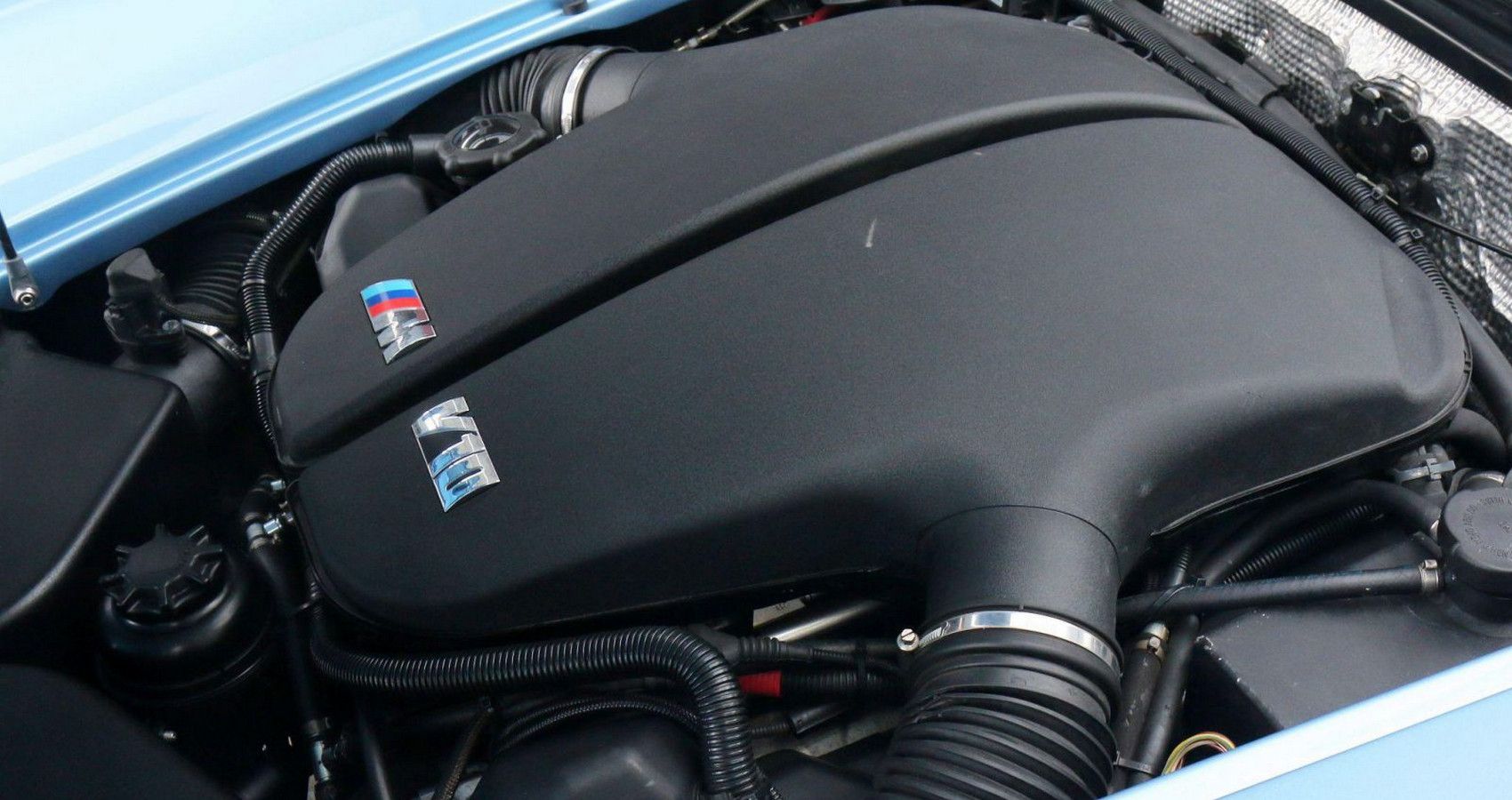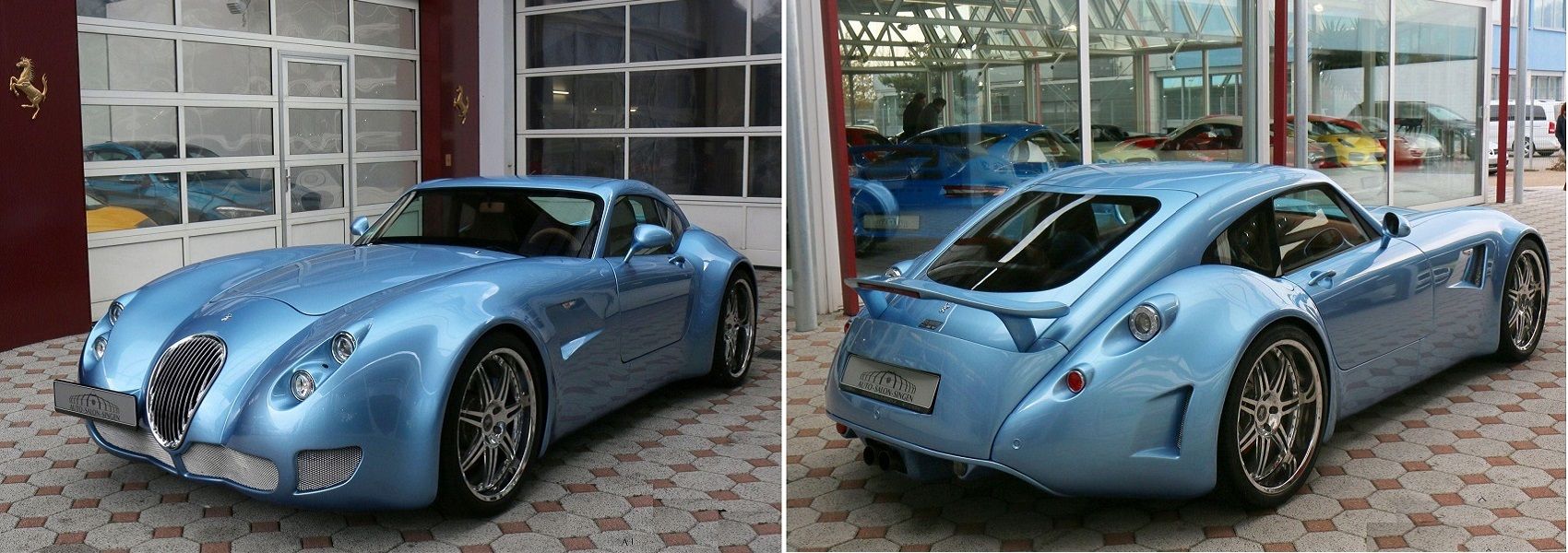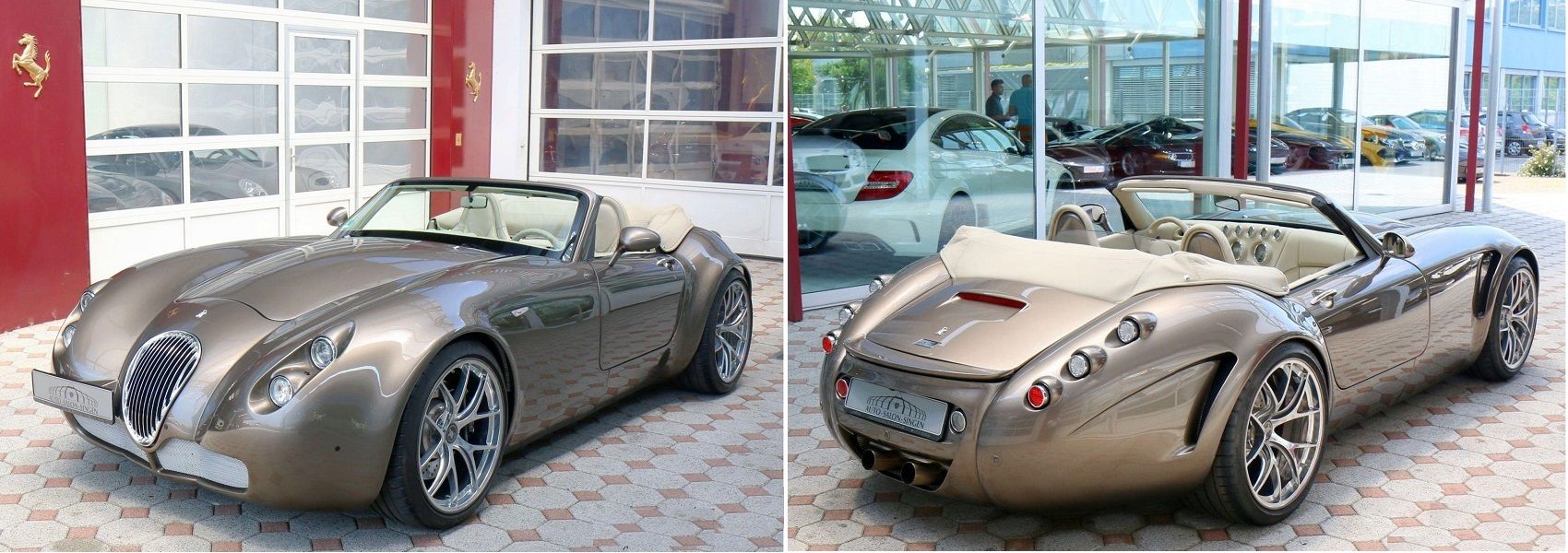Newcomer, Wiesmann GmBH hit the ground running with the first MF3/30 coupes and roadsters in 1993, going on to evolve the two-seater blueprint well into 2014 with the GT MF5, which was even faster, louder, and less well-known.
Where the Wiesmann brothers scored so heavily was their marriage of British retro styling and dependable German engineering. Few modern-day old-school sports cars manage to pull off such a dizzying array of speed, thrills, and reliability, those hankering after a classic look without worrying how far the nearest two truck is, should consider the GT MF5. By the same token, small-scale production and low build numbers also add an air of mystery, and most gearheads faced with a Wiesmann would take one look at the Gecko badge and wonder what on Earth it is.
Still puzzled as to what the Wiesmann GT MF5 is all about? Here are some surprising facts even the most avid gearheads will have forgotten.
10 Adding To Germanys Sportscar Makers
Hand-built rather than mass-produced, Wiesmann offered gearheads all the thrills of a sports car in a retro-themed body for a fraction of its main rivals’ asking price. Despite packing supercar levels of performance, gorgeous bodies, and a soundtrack loud enough to trigger car alarms the GT MF5 isn’t in your face like a 911, or any of AMG’s shoutiest efforts.
Founded in 1988 Wiesmann is more subtle, like a family heirloom that with age gets more charismatic, a different kind of carmaker with a fun side as evident from the unusual choice of Gecko branding, a theme even the factory takes on.
9 The Fifth Coming, More Of The Same?
Aside form a change in manufacturing materials, Wiesmann has largely left the GT MF5 unchanged from its predecessors, aluminum replacing steel and a host of evolutionary cosmetic changes leaving the basic lightweight chassis, big engine recipe unchanged. As the naming suggests, the MF5 is the latest in a run of retro styled two-seaters to emerge from Wiesmann’s Dühlem factory.
Launched in 2009, the GT MF5 is more evolutionary rather than revolutionary, more powerful engines combined with a change in materials resulting in a near identical curb weight of 3241 lbs, you’d need to go back two generations to see any real differences in performance, the MF5 some 200+ hp better endowed over the earlier MF3.
8 Handcrafted Aluminum Chassis
Remembering Wiesmann’s workforce of barely 100 employees is a mere minnow compared to the might of mainstream German carmakers, it comes as no surprise that manufacturing automation is scarce at best, much of the GT MF5 is entirely handcrafted in house.
Kicking off with a precision laser cut aluminum chassis, Wiesmann reliant on a jig-welded construction method that gives the MF5 its rock solid platform. At each corner, all aluminum double-wishbones keep everything in check, roll bars and coilovers keep body roll and rebound to a minimum.
7 Meets Glass Fiber Bodywork, And Everything Structural
You might think given the approach to performance and lightweight materials the Wiesmann would be a custom hand laid, autoclave baked carbon fiber concoction. However, a quick knock test isn’t rewarded with the thunk sound you would expect, but instead the hollow plastic tones of GRP.
Every external panel is produced in house, even down to the GT5s interior moldings including the unusual dashboard and instrument binnacle. Why does Wiesmann use GRP? Economies of scale, ease of use, and tooling requirements. Besides, it’s not as if weight was of major concern overall.
6 Bespoke Trim Options
Slide in to the driver’s seat and the first thing guaranteed to capture your attention is the quirky placement of the GT5s main instruments. Rather than directly ahead as you’d expect, but mounted in the center of the dashboard, albeit angled towards the driver.
Everything you can see of feel is hand-made, trimmed in the finest materials with a near endless color pallette of leather and contrasting stitching. Wiesmann sets itself apart here from mass-produced sports cars with a full customization service, and if a particular color isn’t on the options list, it can be added.
5 Eight Versus Ten Cylinders
Originally Wiesmann planned to build just 55 examples of their GT MF5, each powered by BMWs S85 V10 motor producing in the region of 507 hp paired with a 7-speed SMG III transmission driving the rear axle. It would be the S85 engines demise that changed production plans, the German carmaker forced into making an engine change later in production.
Phase two production cars swapped to a lighter more powerful BMW sourced (S63B4) 4.4-loiter V8 bolstered by twin turbochargers to yield 550 hp with broadly similar performance levels.
4 Coupe Or Roadster
Engine changes were no the only option, in 2009 gearheads were presented with another tricky question, either Coupe (GT) with its surprisingly cavernous internal storage accessible via a lift back tailgate or a soft top roadster.
Speed of style? Roof down, owners get the full unmuffled soundtrack of GT5s monstrously loud exhaust, even the inclusion of turbos do little to lessen the aural assault. However, losing the extra elements of protection gained by the coupe does ruin the MF5s visual appeal, a folded roof is never hidden completely out of sight.
3 Retro Wannabe Or Track Monster?
Old school looks usually accompany less than perfect handling, designers forced to compromise between an all out adrenalin fueled monster and something built to appease the retro-brigade.
Taking to the tracking Wiesmann’s GT MF5 is a revelation, the German carmaker working its magic to deliver the best of both worlds, retro-fans can rejoice in the 60s era British inspired styling, leaving gearheads to enjoy the noise and drama. Oddly, whichever engine you have under the hood, V10 or V8 turbo, Wiesmann quotes identical performance figures, dragging to 60 mph in 3.9-seconds with a top speed of 193 mph.
2 Rarer, And Cheaper Than You Might Think
If we’re completely honest Wiesmann’s history hasn’t all been plain sailing, in 2014 production ground to halt impacting both sales and development, in all the GT MF5 coupe is believed to have shifted 43 cars, later MF5 roadsters bringing the total closer to 200 examples overall.
Rare they might be, but collectors have yet to catch on tho this German supercar, both V10/V8 powered GTs can be found with low miles for under $300,000 that is sure to stand out amongst the crowd of modern machinery. With corrosion proof construction and BMW sourced mechanicals, these are a safe bet for future classic status.
1 Project Thunderball
Announced as the return of an icon, Wiesmann’s upcoming Project Thunderball is set to enter production in 2023, the brands first all new car since 2009. In place of fire breathing V8 turbocharged engines, Wiesmann has gone eco-friendly with an all electric drivetrain claimed to deliver 671 hp.
Its still early days with little concrete evidence to go by, even so the front and rear restyling isn’t wildly different to the GT MF5 line-up, how much beneath the skin has changed apart from gasoline power to near silent motors and batteries remains to be seen.


